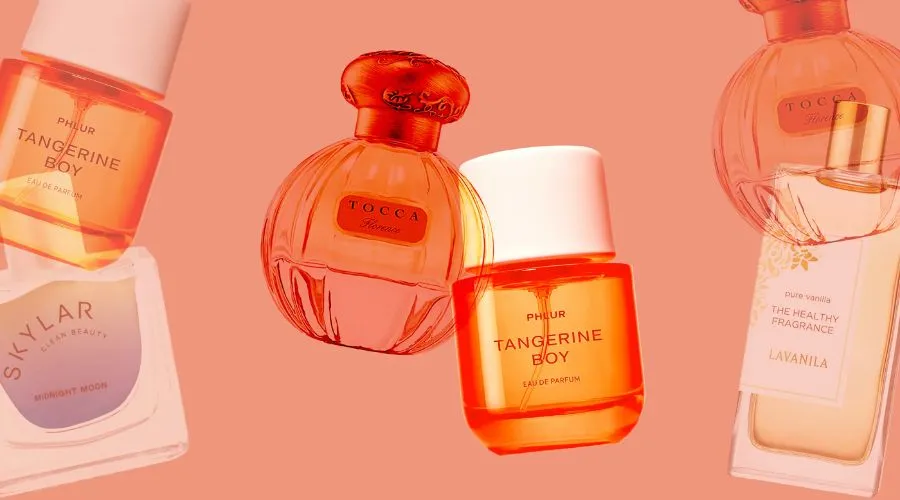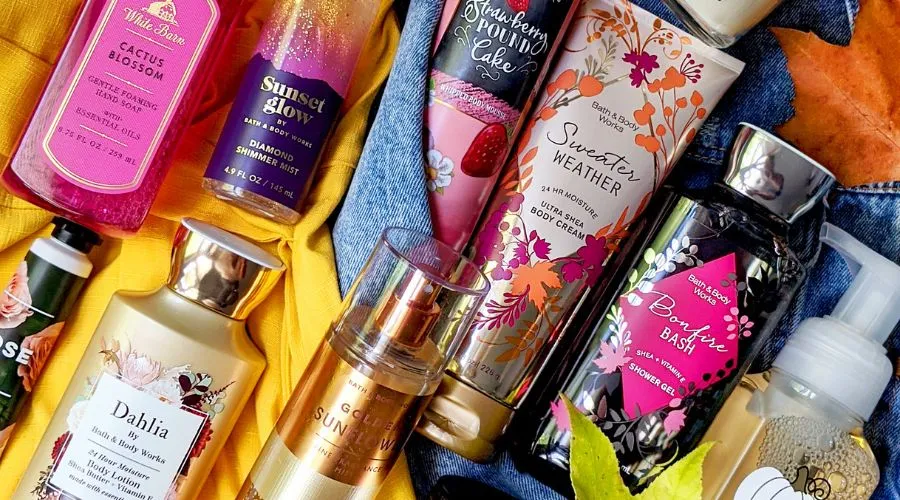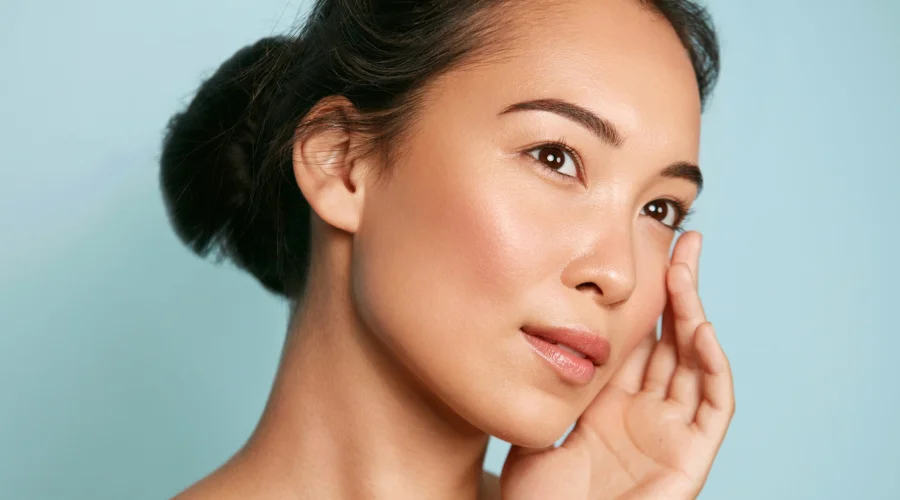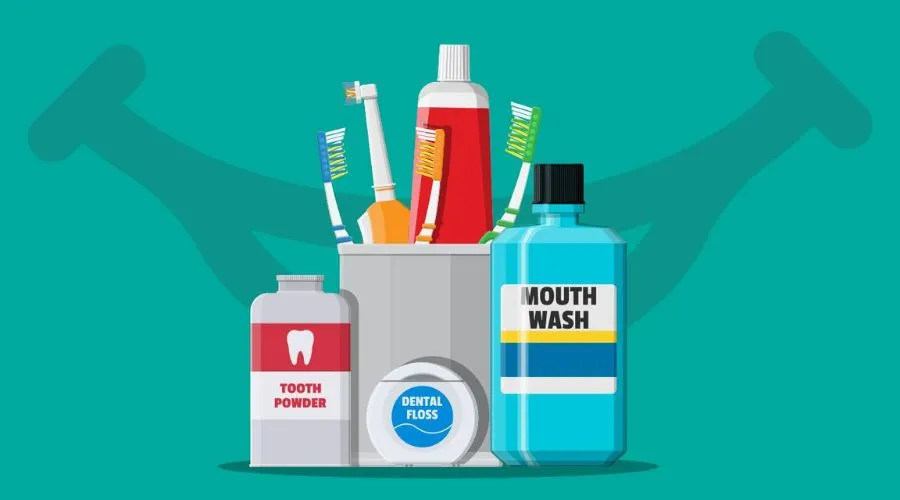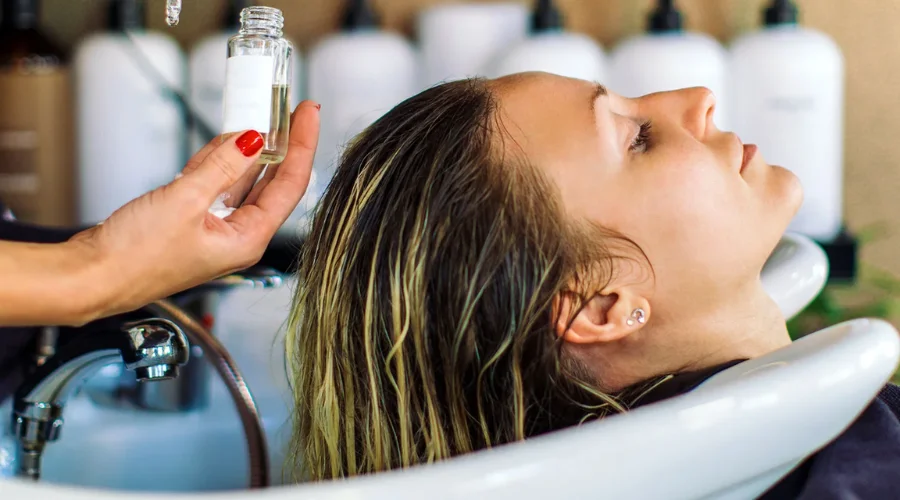
In our fast-paced lives, it’s easy to overlook the importance of proper hair care. Whether you have luscious curls, sleek straight strands, or something in between, your hair deserves attention and care to maintain its health and beauty. This comprehensive guide will take you through the essential aspects of Haircare, helping you understand the science behind it and providing practical tips for achieving and maintaining lustrous locks.
Understanding Hair Structure: The Foundation of Haircare
Before delving into the specifics of Haircare, it’s crucial to understand the structure of your hair. Hair is composed of three layers: the cuticle, cortex, and medulla. The cuticle, the outermost layer, protects the inner layers and determines your hair’s shine and texture. The cortex is responsible for the strength, color, and elasticity of your hair, while the medulla, found in the core, isn’t always present and doesn’t significantly contribute to hair health.
1. The Cuticle: Guarding Your Hair’s Health
The cuticle acts as a protective shield for your hair, and its health significantly influences your hair’s appearance. When the cuticle is smooth, light reflects off the hair, giving it a shiny and healthy look. However, if the cuticle is damaged or raised, the hair may appear dull and be more prone to breakage.
Tips for maintaining a healthy cuticle:
- Gentle Detangling: Use a wide-tooth comb to detangle your hair, starting from the tips and working your way up to the roots.
- Avoid Heat Damage: Excessive use of heat styling tools can damage the cuticle. Use them sparingly and apply a heat protectant before styling.
Haircare Routine: Building the Foundation for Beautiful Hair
Now that we’ve covered the basics of hair structure let’s dive into establishing an effective Haircare routine. Your routine should cater to your hair type, whether it’s oily, dry, curly, straight, or a combination. Consistency is key when it comes to maintaining healthy hair.
2. Cleansing and Conditioning: The Dynamic Duo
Cleansing and conditioning are the cornerstone of any Haircare routine. Choosing the right products for your hair type is crucial for achieving the best results.
2.1 Choosing the Right Shampoo:
The market is flooded with a variety of shampoos catering to different hair needs. Whether your hair is oily, dry, or prone to dandruff, there’s a shampoo formulated for you. It’s essential to choose a sulfate-free shampoo to prevent stripping your hair of its natural oils.
Tips for shampooing:
- Frequency: Wash your hair according to its needs. Oily hair may require more frequent washing, while dry hair benefits from less frequent washing.
- Massage: Gently massage the shampoo into your scalp to stimulate blood flow and promote hair growth.
2.2 The Power of Conditioning:
Conditioning is essential for maintaining moisture, preventing breakage, and keeping your hair manageable. Again, choose a conditioner that suits your hair type, and don’t skip this step in your routine.
Tips for conditioning:
- Focus on Ends: Apply conditioner mainly to the ends of your hair, where it’s drier and more prone to damage.
- Deep Conditioning: Incorporate a deep conditioning treatment into your routine once a week to nourish and repair your hair.
3. Nourishing Your Hair from Within: A Healthy Diet for Healthy Hair
Beautiful hair starts from within, and your diet plays a significant role in maintaining its health. The nutrients you consume contribute to the strength, shine, and growth of your hair.
3.1 Essential Nutrients for Healthy Hair:
- Protein: Hair is primarily composed of protein, so it’s crucial to include an adequate amount in your diet. Sources like lean meats, eggs, and legumes provide the protein your hair needs.
- Omega-3 Fatty Acids: Found in fish, flaxseeds, and walnuts, these fatty acids contribute to hair health by promoting hydration and preventing dryness.
- Vitamins and Minerals: Vitamin A, C, E, and minerals like iron and zinc are vital for hair growth and maintenance. Include a variety of fruits, vegetables, and whole grains in your diet.
Tips for a hair-healthy diet:
- Hydration: Drink plenty of water to keep your hair and scalp hydrated.
- Limit Processed Foods: A diet rich in processed foods can contribute to hair problems. Opt for whole, nutrient-dense foods.
Styling Tips for Healthy and Beautiful Hair
Styling is a fun way to express yourself, but it’s crucial to do it without compromising your hair’s health. Whether you prefer sleek straight hair, bouncy curls, or intricate updos, here are some styling tips to keep in mind.
4. Heat Styling: Striking the Right Balance
While heat styling tools like flat irons and curling wands can transform your look, excessive use can lead to damage. Finding a balance between styling and protecting your hair is key.
4.1 Heat Protectants: Your Hair’s Shield Against Damage
Before reaching for your favorite styling tool, apply a heat protectant to create a barrier between the heat and your hair. This simple step can go a long way in preventing damage and maintaining your hair’s health.
Tips for heat styling:
- Low Heat Setting: Use the lowest effective heat setting to achieve your desired style.
- Air Dry Whenever Possible: Give your hair a break from heat styling by air-drying whenever you can.
5. Protective Hairstyles: Fashionable and Functional
Protective hairstyles not only look stylish but also shield your hair from environmental factors and prevent breakage. From braids and twists to buns and ponytails, there are various protective styles to choose from.
5.1 Overnight Protection: Satin or Silk Pillowcases
Cotton pillowcases can cause friction, leading to hair breakage and frizz. Switching to satin or silk pillowcases reduces friction, allowing your hair to glide smoothly and minimizing damage.
Tips for protective hairstyles:
- Loose Styles: Avoid tight hairstyles that can cause tension and breakage.
- Moisture Maintenance: Even with protective styles, it’s essential to keep your hair moisturized.
Regular Maintenance: Trims and Treatments
Regular trims and treatments are the finishing touches to a comprehensive Haircare routine. Trimming removes split ends and prevents them from traveling up the hair shaft, leading to more significant damage. Treatments, on the other hand, can address specific issues like dryness, frizz, or damage.
6. Trims: A Trim Every Few Months Keeps the Split Ends Away
Even if you’re growing your hair, regular trims are essential for maintaining its health. Aim for a trim every 8-12 weeks to keep your ends fresh and prevent split ends from wreaking havoc on the rest of your hair.
Tips for trims:
- Communication with Your Stylist: Clearly communicate your goals with your stylist to ensure you’re on the same page about the length and style you want.
6.1 Hair Treatments: Tailored Care for Your Locks
Hair treatments provide targeted care for specific issues your hair may be facing. Whether it’s a moisturizing mask, a protein treatment, or a color-protecting formula, incorporating treatments into your routine can enhance your Haircare efforts.
Tips for treatments:
- Consistency is Key: Regularly use treatments to see improvements in your hair’s health.
- DIY Options: Explore homemade treatments using natural ingredients like honey, coconut oil, and avocado.
Conclusion
Achieving and maintaining beautiful, healthy hair is a journey that involves understanding your hair’s unique needs and consistently caring for it. From cleansing and conditioning to a nutrient-rich diet and proper styling techniques, every aspect of your routine contributes to the overall health and appearance of your hair. Remember, the key to gorgeous locks is a combination of knowledge, care, and a little pampering. So, embrace your hair’s natural beauty, treat it with kindness, and enjoy a lifetime of luscious locks.

